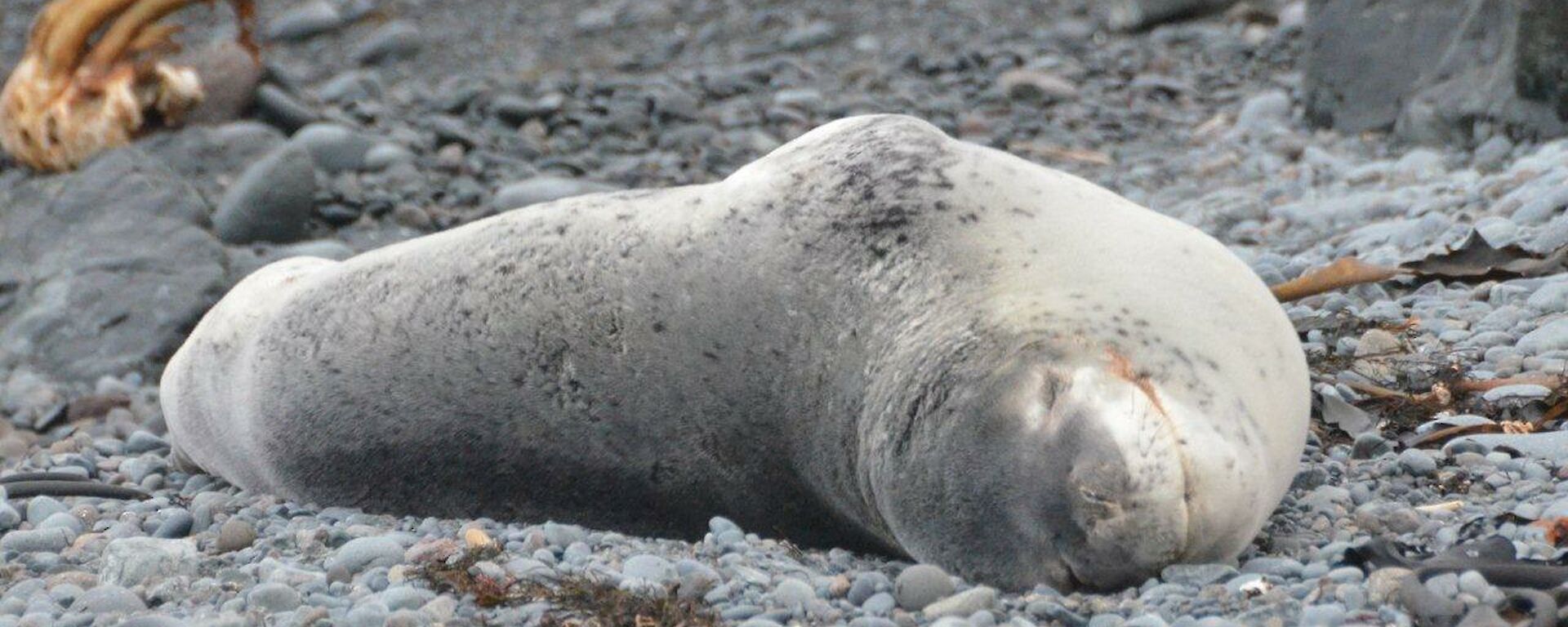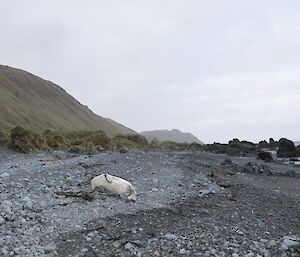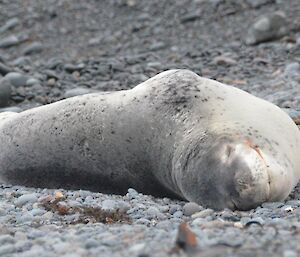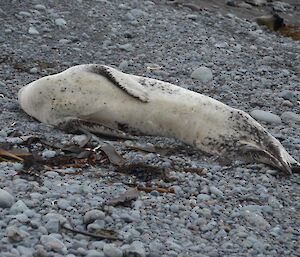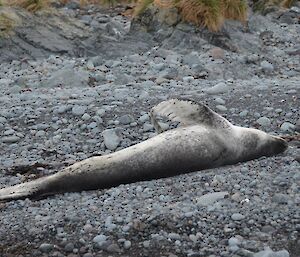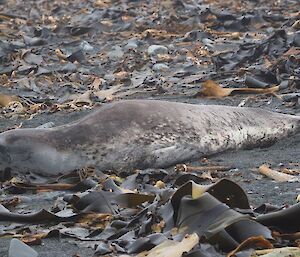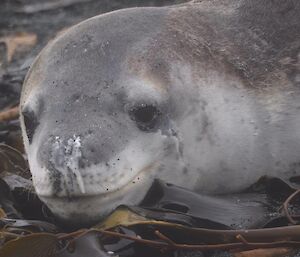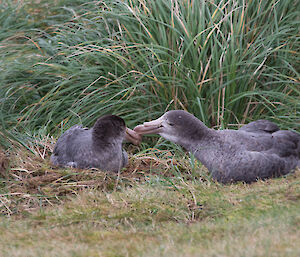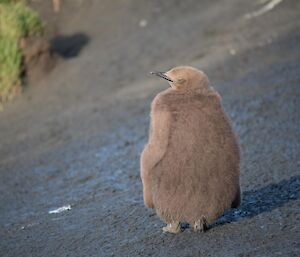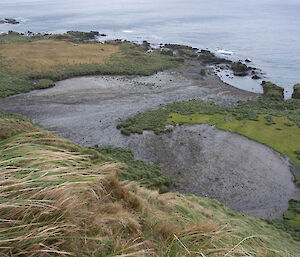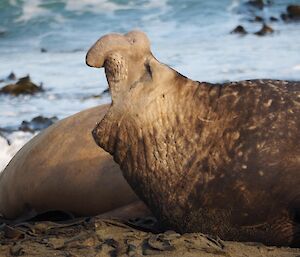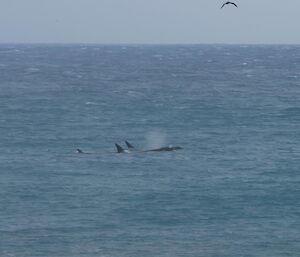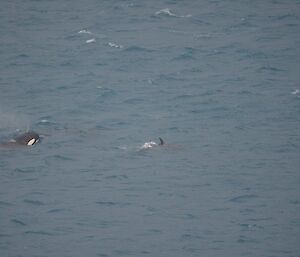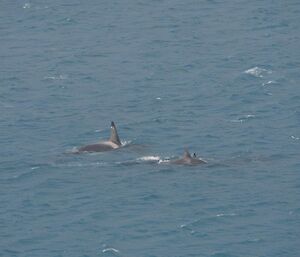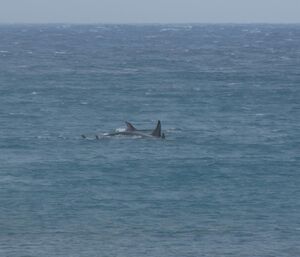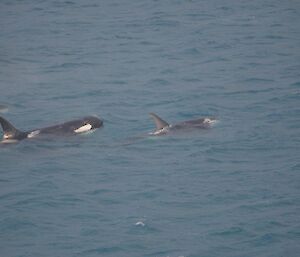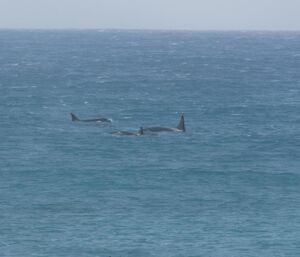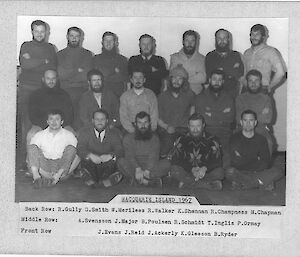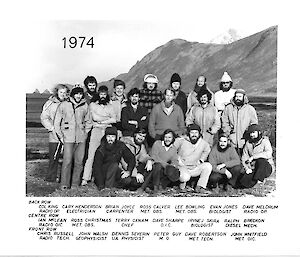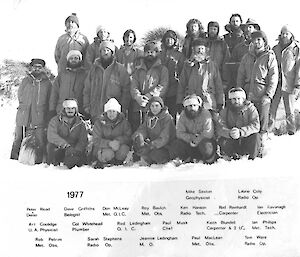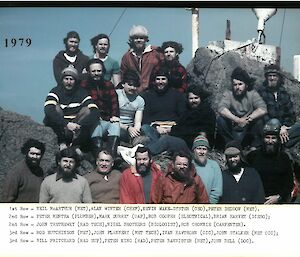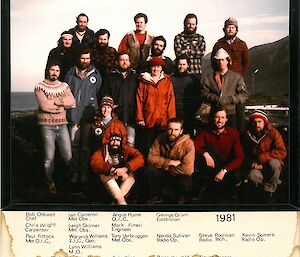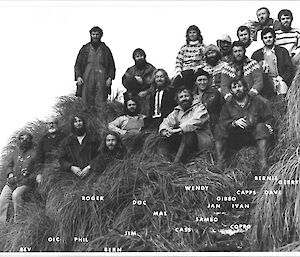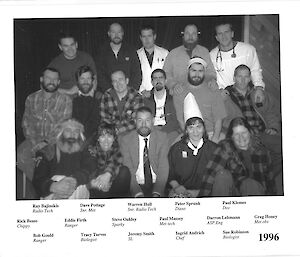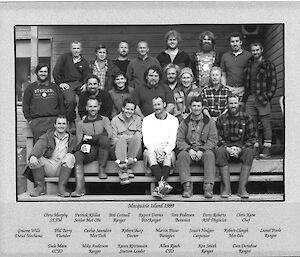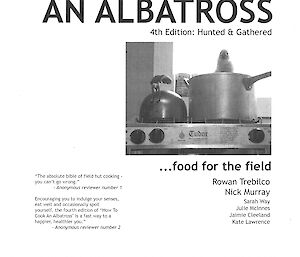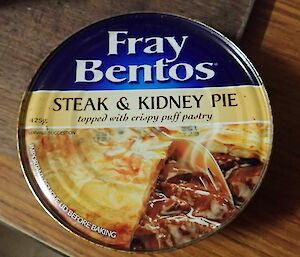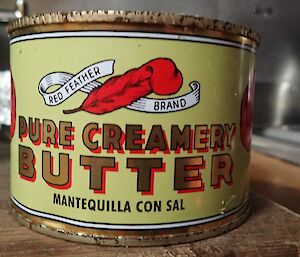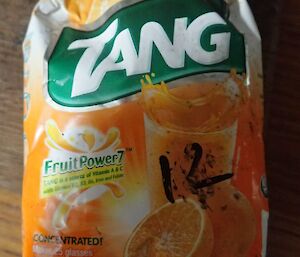Most of us expeditioners pass through the field huts for a couple of nights on one of our off–station strolls and are grateful to be able to find something to construct a meal out of — stir fry pasta sauce, casserole in a can, a bar of chocolate — but for the science and ranger people who can be in the huts for weeks at time, particularly over summer, field hut cooking is a much more important activity.
The huts are supplied annually with a generous range of foodstuffs from tinned butter and canned pre–prepared meals to dehydrated vegetables, cous cous, chocolate biscuits and a multitude of herbs and spices. It’s really quite ‘gourmet’ out there these days!
The huts are fitted with a small gas oven and two to three hotplates and there isn’t much that hasn’t been produced out of these facilities, well, except for a roast chicken dinner, (as no chicken or fresh vegetables are allowed in the field due to risk of disease transmission).
In fact, there is even a hut cookbook: “How to Cook an Albatross”, which was originally compiled back in 06/07 by the albatross researchers based at Hurd Point for the summer, and has been added to over the years, especially by the MIPEP hunters and dog handlers who were living in the huts for weeks on end during the eradication. The biggest difference between then and now being that we don’t have a surplus of rabbits to add to the pot anymore…
Hurd Point log — 4/3/67 — Richard Schmidt & Peter Ormay
Richard demonstrated his culinary talent with monster pancakes for breakfast, fruitcake for lunch, and meat — pie and a ‘small’ steam pudding and custard for tea that would have fed the whole station… Last night he prepared a very edible meal out of tuna and silver beet with the help of a few sultanas and spice…
Green Gorge hut log — 21/1/74 — Chris Russell
Arrived 6:00pm after shooting some rabbits for tea.
Green Gorge hut log — 3/2/74 — I. Skira
Cary’s preparing a chow mein dinner at the moment and we are full of confidence that it will be edible.
Hurd Point hut log — 12/10/74 — Ralph Breckton
Had a visit from Iri at lunchtime, but he wouldn’t join us after viewing Brian’s “damper”, can’t really blame him. We eventually fed it to the skuas, they appear to be “grounded” for the rest of the day, if we can get the rabbits to eat it no one need carry a gun anymore… Brian’s making some biscuits now, using custard powder, looks more like gunpowder. This could be the end of us. Will resume this journal in the morning. God willing.
Lusitania Bay hut log — 8/6/77 — D. Griffiths
Today made chocolate cake. Gad, how decadent. It tasted 10 times worse than it looked, and even looked nauseating.
Sandy Bay hut log — 19/7/77 — Paul Musk & Don McLeay
Shot 4 rabbits for tea and had rabbit stew.
Green Gorge hut log — 4/12/79 — Rod Seppelt & Pat Selkirk
We are steadily compiling the Macquarie Island Hutwives Cookbook — subtitled 100 different ways to avoid Fray Bentos and sledgies — it’s sure to be a best seller.
Sadly we haven’t been able to find a copy of this precursor to “How to Cook an Albatross”, but Fray Bentos are still a standard item in the hut pantry and seem to be a ‘you either love ‘em or hate ‘em’ meal…
Green Gorge hut log –10/10/81 — Mark
George showing some culinary prowess and baking the renowned Teacake disguised as a loaf of bread. Now getting minute reports on progress of dough proving.
Green Gorge hut log — 11/10/81 — Mark
Abandoning loaf of bread as weigh could jeopardise the safety of anyone foolish enough to attempt carrying it back.
Green Gorge hut log — 10/10/84 — Jan Adolph
…shot a rabbit near Major lake and so it was apricot rabbit with rum and mixed herbs, cooked by the doc, for dinner and it was good stuff.
Davis Point hut log –12/11/96 — Darron and Sophie
How to make pancakes without eggs: +/- 1 cup of flour, 1 cup of milk and a teaspoon of baking powder. That’s it, the pan here is great for making them. Yummy! PS: don’t forget the salt.
Waterfall Bay Hut log 14/6/99
Bob arrived at this sub–antarctic sanctuary @ about 4 o'clock (it was dark!) after an adventure–full day of adventures. 1). left Davis in darkness at 0630 to schedule in from Tio 2). fell into wallow 3). scheduled in 4). made scones 5). killed rabbit 6). caught fingers in trap 7). drank whisky 8). had sponge bath 9). made pizza! Hey, and its Wednesday!
Sounds like a Bob had a perfect Macca day!

